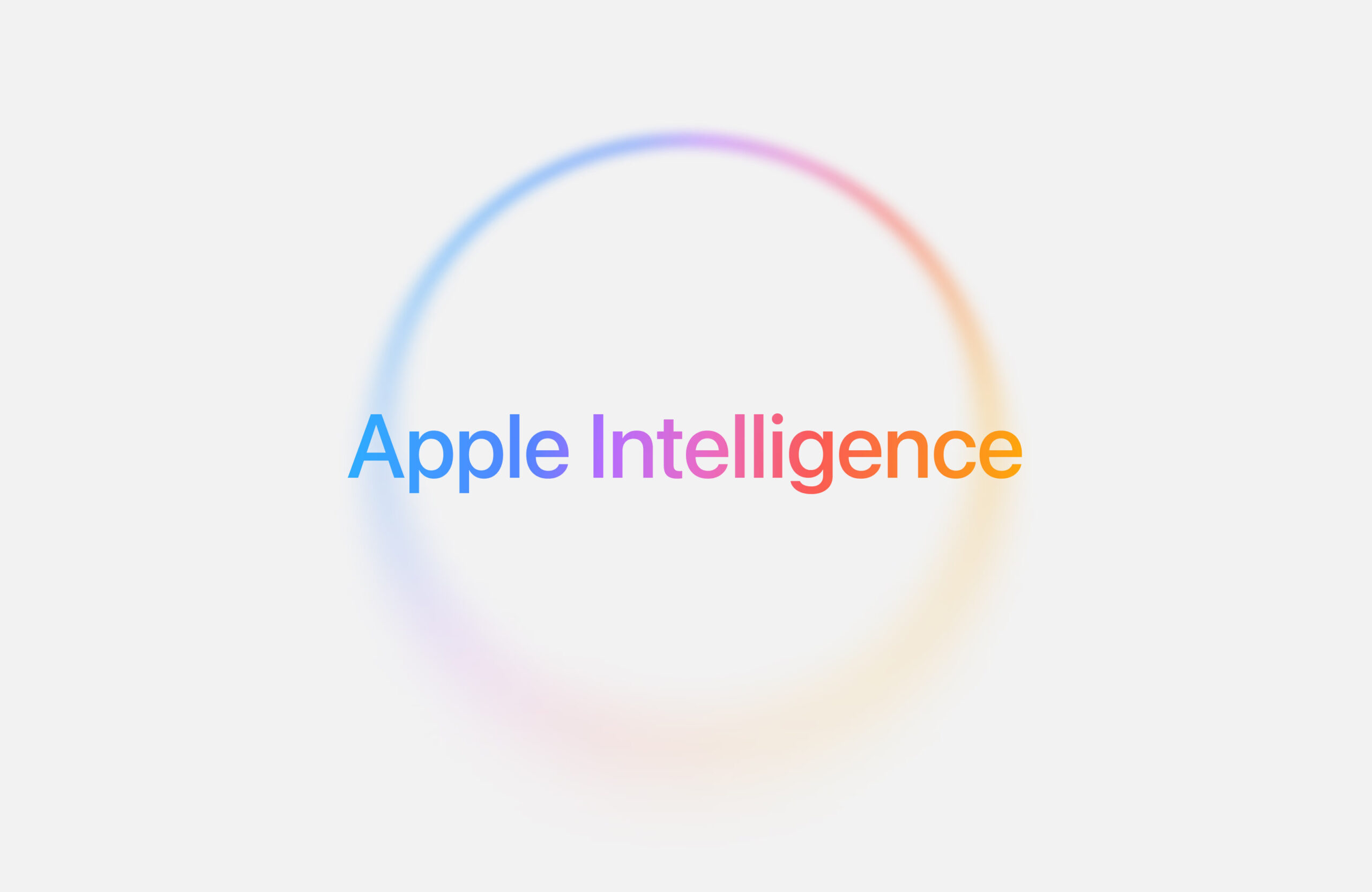Meta has decided to block Apple’s new AI features, called Apple Intelligence, from working with its apps like Facebook, Instagram, WhatsApp, and Threads on iPhones and iPads.
According to Apple, developers have the choice to allow Apple Intelligence to use app data to help users with AI tasks. These tasks include writing, editing, and summarizing text across different apps. But Meta has chosen not to let Apple’s AI access data from any of its apps for now.
When users try to use Apple Intelligence with Meta apps, a message will say that the app doesn’t support this feature. Meta hasn’t shared why it made this decision, but it might be a move to protect user data or to keep control over its own AI tools.
This decision could impact how useful Apple’s AI feels to users, especially those who use Meta apps a lot. It also shows the growing tension between big tech companies, as they all try to develop their own AI systems while keeping users inside their own app ecosystems.
Apple Intelligence is coming to iOS 18 and macOS Sequoia later this year, but it seems it won’t work fully with Meta apps—at least for now.




